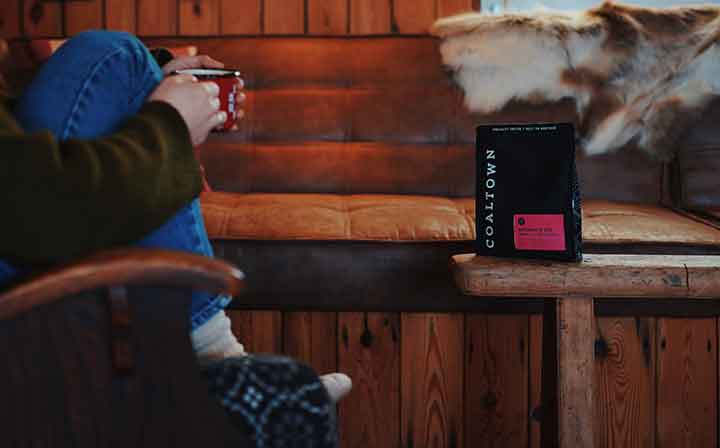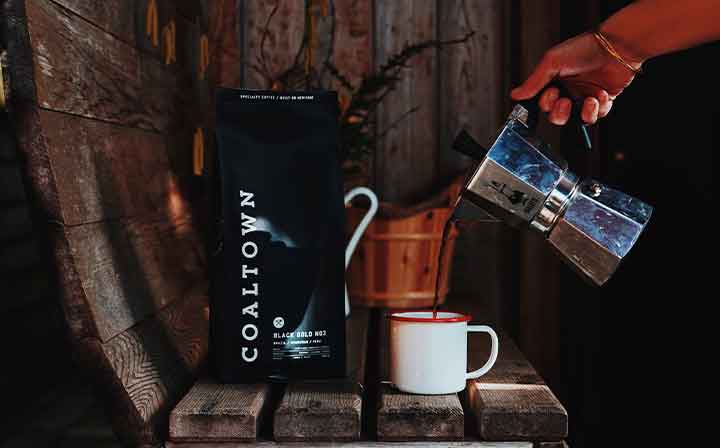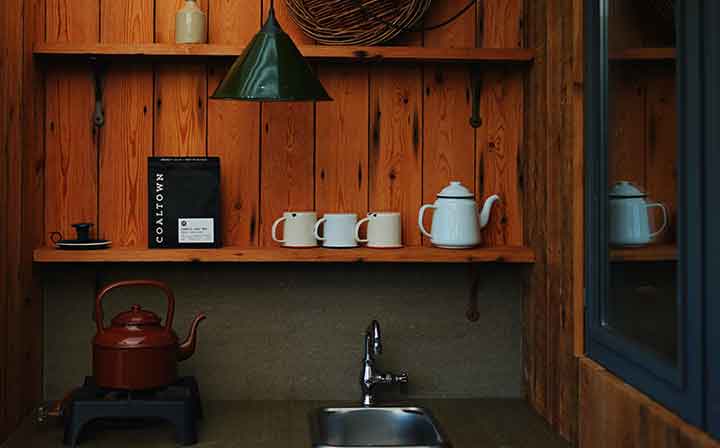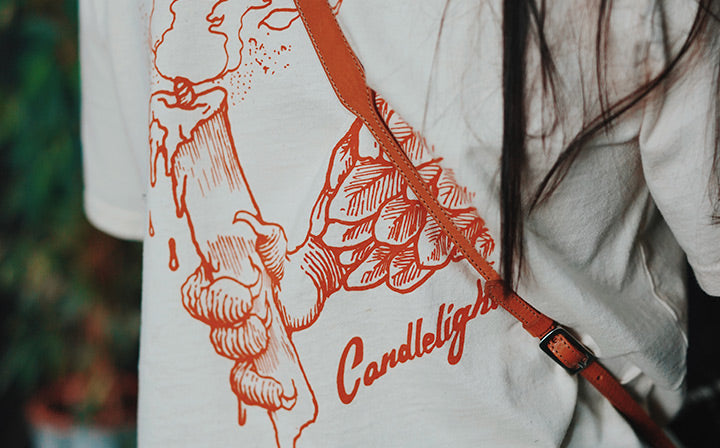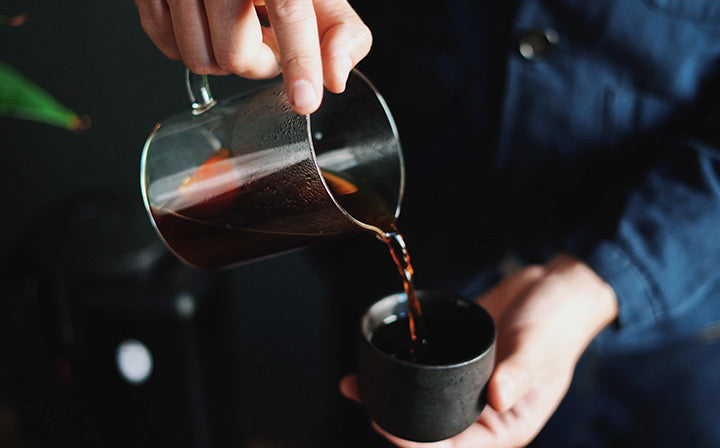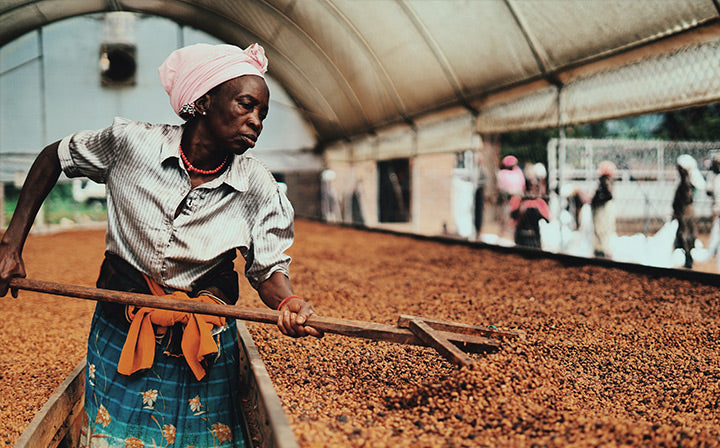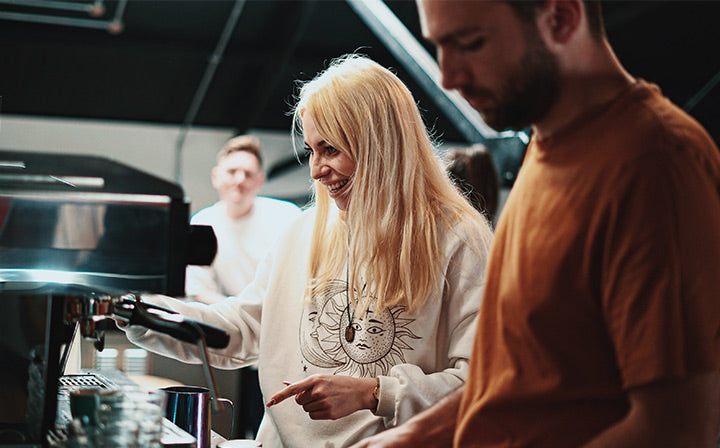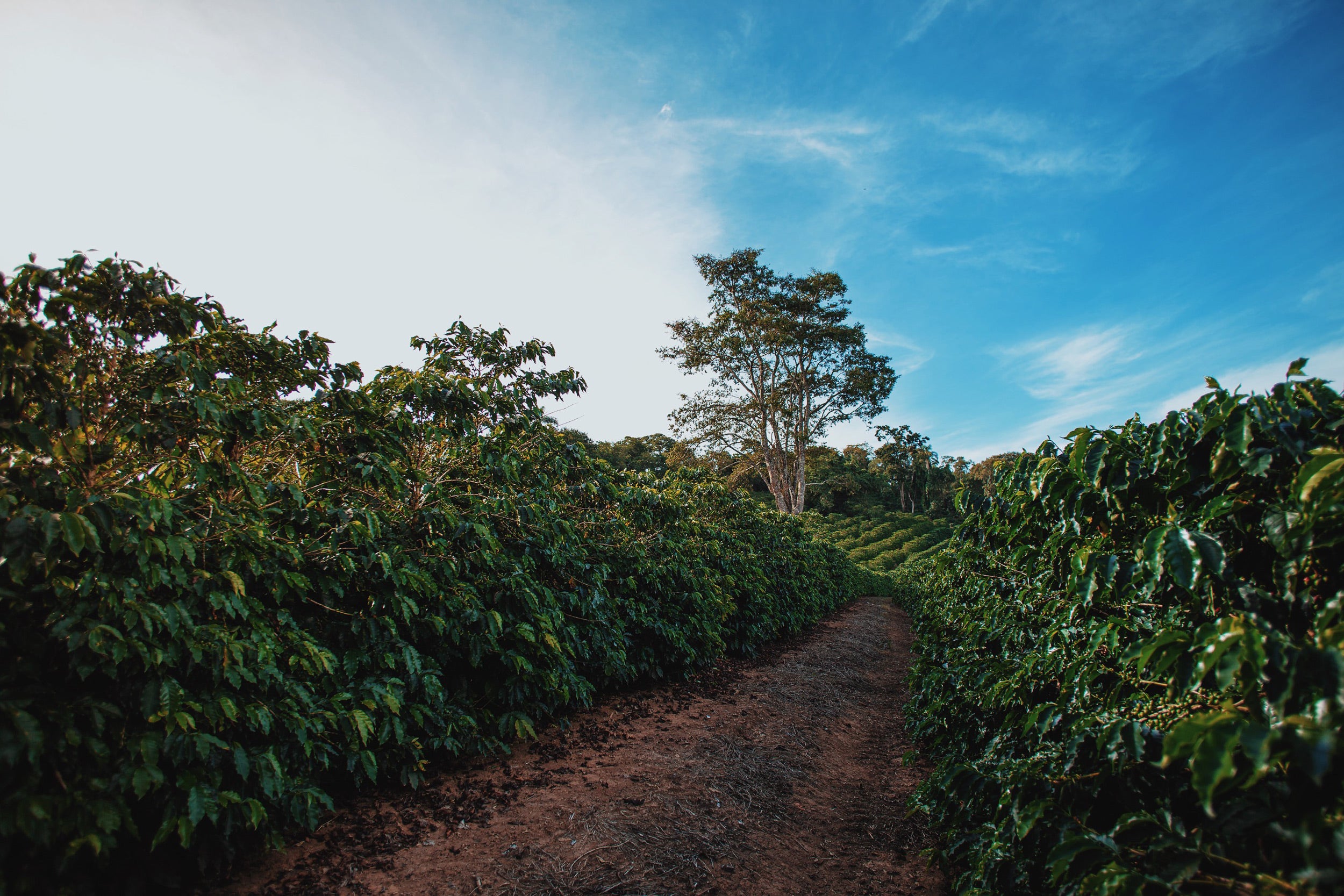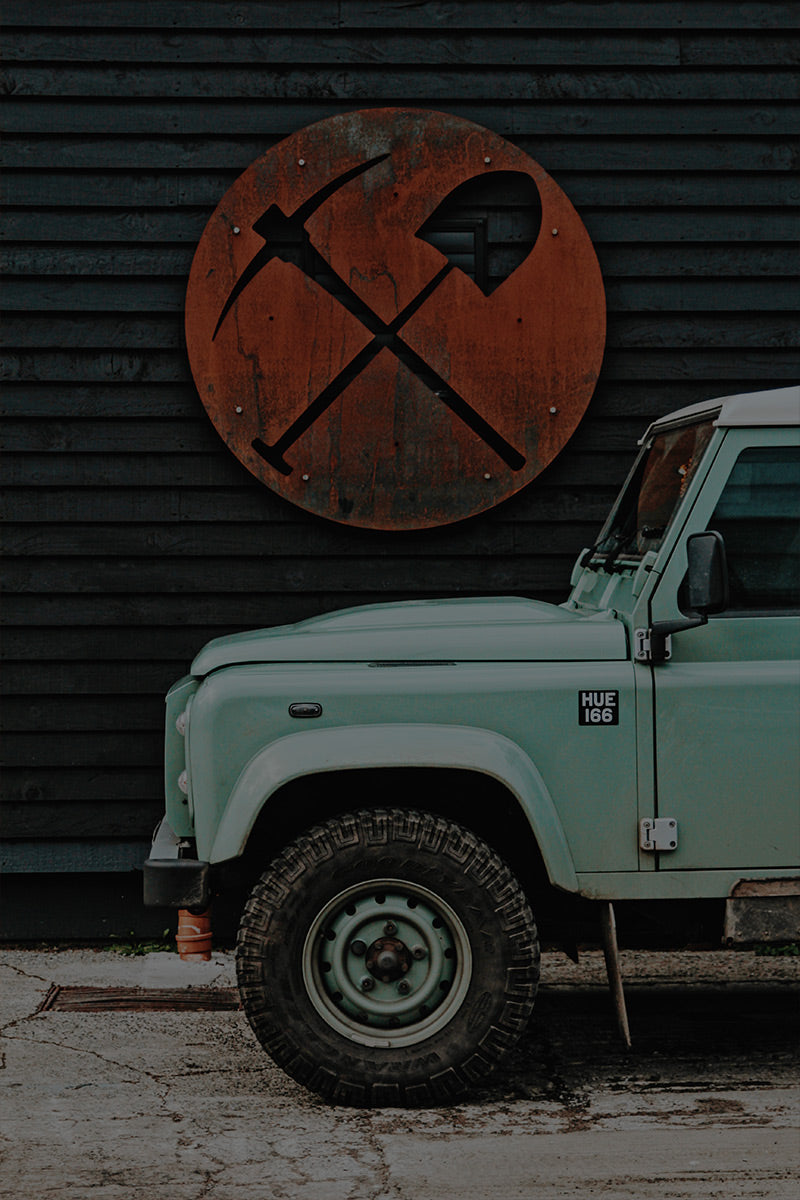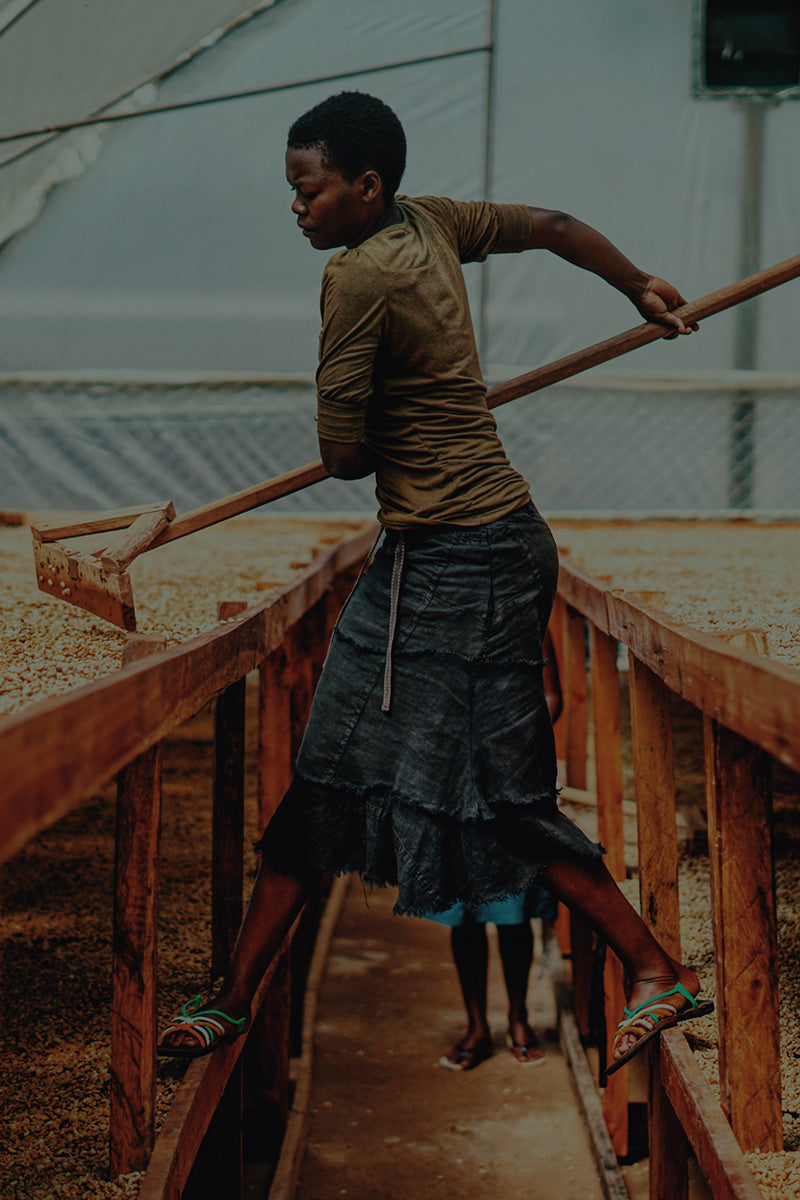Origin History
Brazil is the world’s largest coffee producer, responsible for over a third of global coffee production. Coffee was introduced to Brazil in 1720 and the country has since become a powerhouse in the industry. Brazil has more than 5 million people employed in coffee cultivation and harvesting. Brazil’s yearly coffee production often reaches around 60 million bags, a volume that significantly influences the global market.
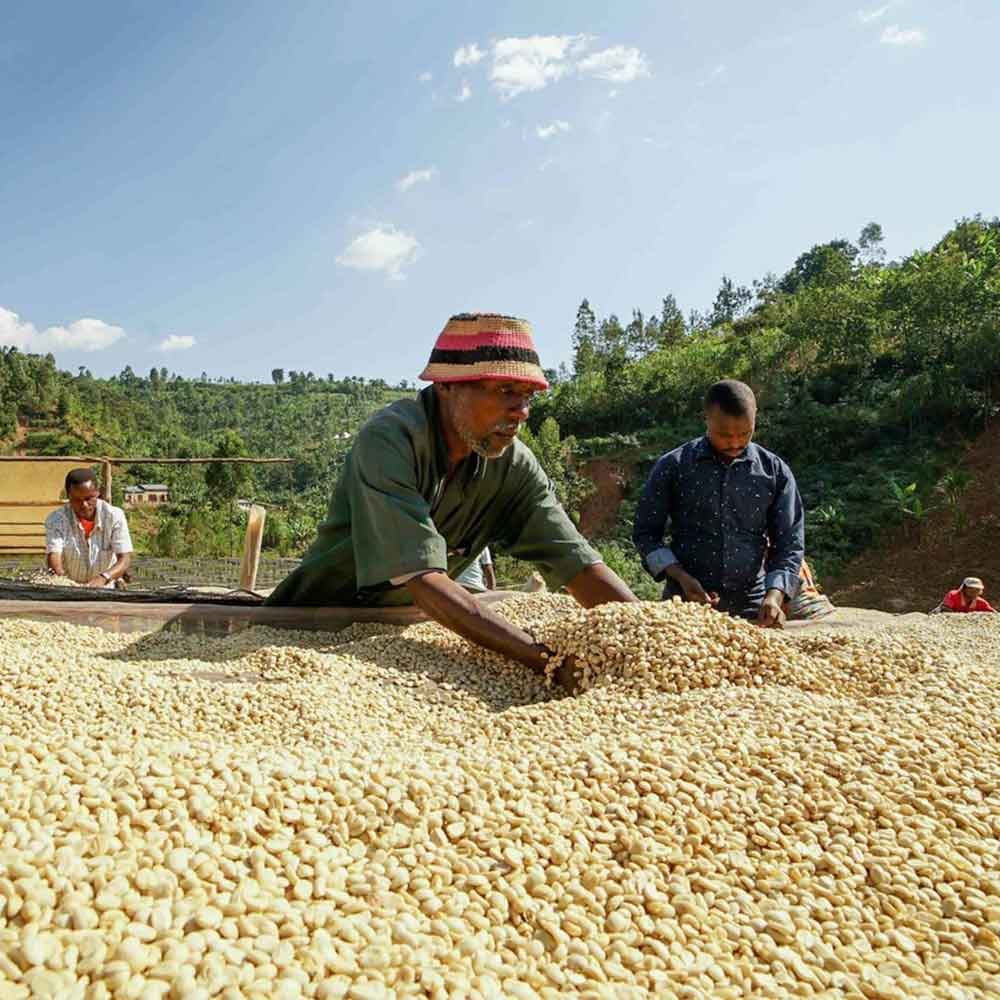
Population: 212m
Altitudes: 600-1,300 Masl
Farmers 300k
Average Farm Size: 5-500 Hectars
Varietals: Mundo Novo, Pacmara, Catuai, Bourbon
Processes: Natural , Pulped Natural, Washed
Rainfall: 1,000-2,00mm
Yearly Yield: 6m 60kg Bags
Present Day
The country’s climate, shaped by the El Niño weather system, plays a major role in its coffee harvest. While Brazil generally receives 1,500mm of rainfall annually, fluctuations in this system can dramatically affect coffee yields. Coffee is grown mainly at altitudes of 600-1,300 metres and Brazil produces both Arabica and Robusta beans. For the 2024/25 marketing year, Arabica production is expected to reach 48.2 million bags, while Robusta production is forecast at 21.7 million bags.
Brazil remains the top global exporter of coffee and despite its vast exports, coffee is also a beloved drink within the country. However, climate events like frost and changing market trends are challenges for the industry. In response, there is growing interest in sustainable farming practices and an increasing focus on specialty coffee.
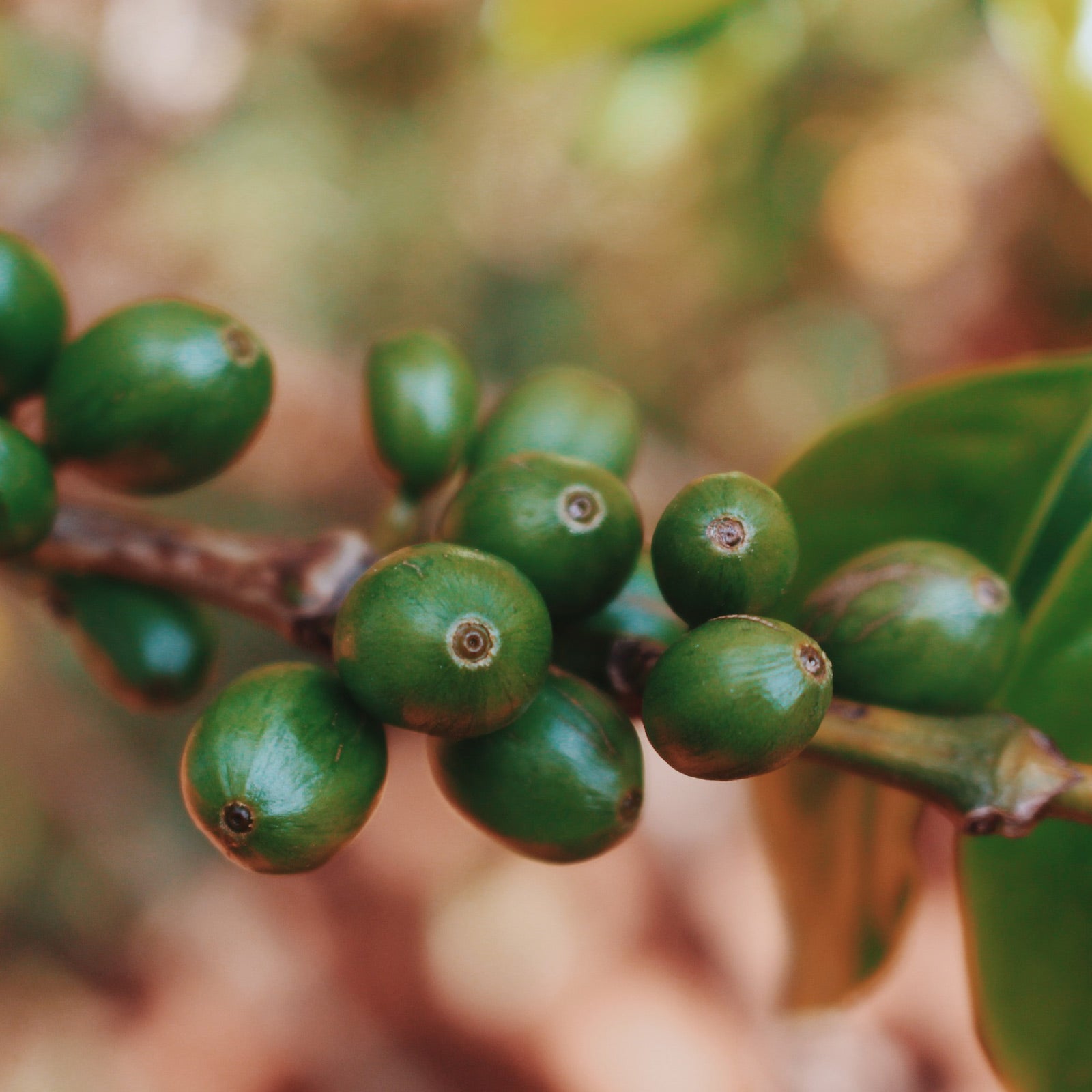
Coffee Arabica
Mundo Novo
Mundo Novo is a hybrid variety of Arabica that has become a popular choice for many coffee growers, particularly in Brazil. This variety is known for its resilience and ability to thrive at altitudes ranging from 800 to 1,500 metres, though it does best in slightly higher elevations. Mundo Novo beans are typically round and dense, contributing to a smooth and balanced flavour profile. While it has the classic Arabica characteristics of lower caffeine content (around 1.3-1.5%) and a higher acidity, Mundo Novo tends to be slightly less acidic than some other Arabica varieties. The flavour is rich with hints of chocolate and a gentle fruity sweetness, making it a versatile choice for both espresso and filter coffee. Although it is generally less prone to disease than some other Arabica strains, it still requires careful cultivation and its yield is often smaller, which can contribute to a slightly higher price. Despite this, its robust growth and exceptional cup profile make it a favourite among speciality coffee enthusiasts.
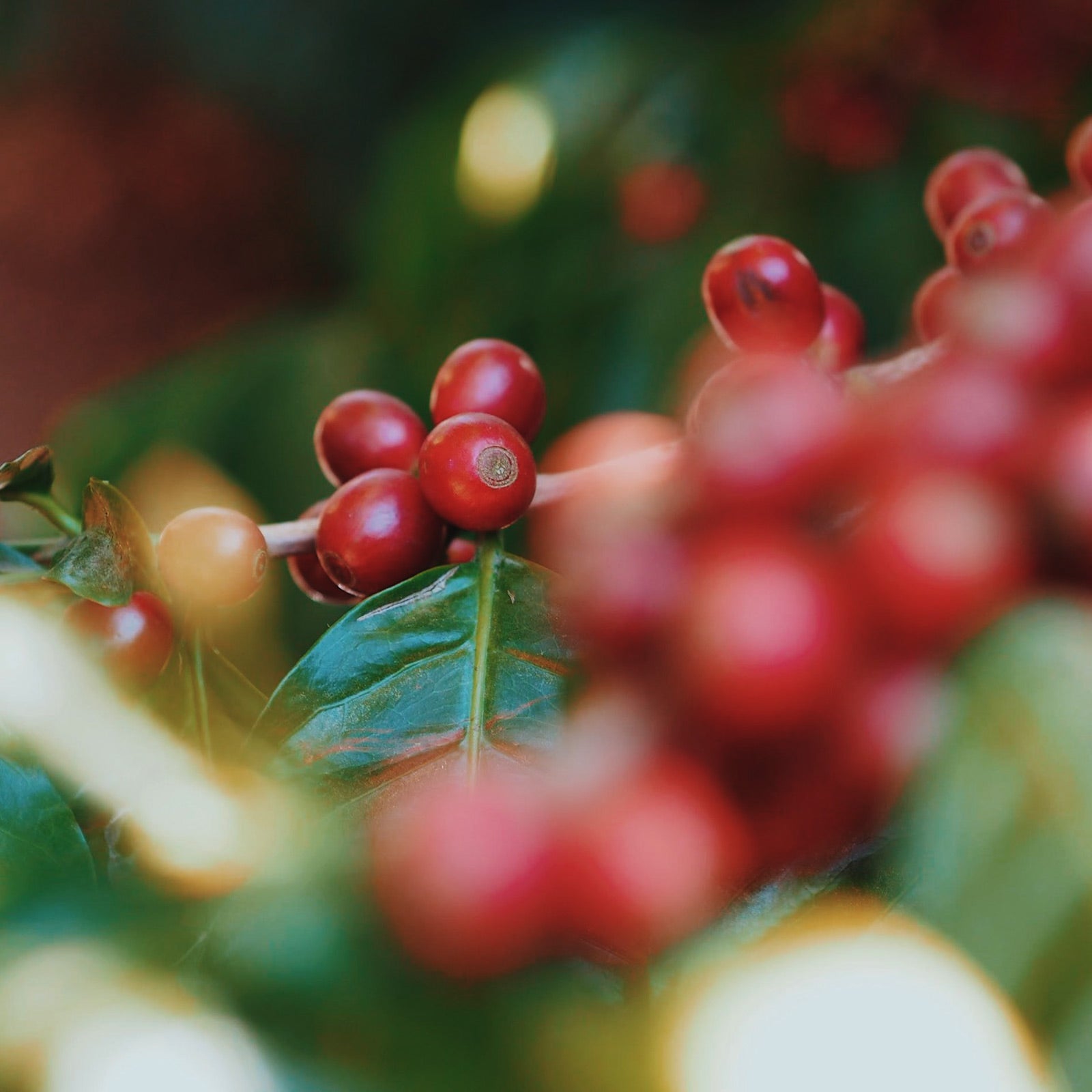
Coffee Arabica
Pacmara
Pacamara is a hybrid between the Pacas and Maragogipe varietals. Known for its large beans (sometimes double the size of typical coffee beans), Pacamara is grown predominantly in Central America, particularly in El Salvador and Honduras. This hybrid tends to produce full-bodied, low-acid cups with a flavour profile of chocolate, nut and sometimes berry notes. The plant’s size can be a disadvantage in terms of yield, but its resistance to disease (inherited from Robusta) has made it an attractive choice for many coffee producers. Pacamara's rich and creamy flavour profile makes it a favourite in espresso blends.
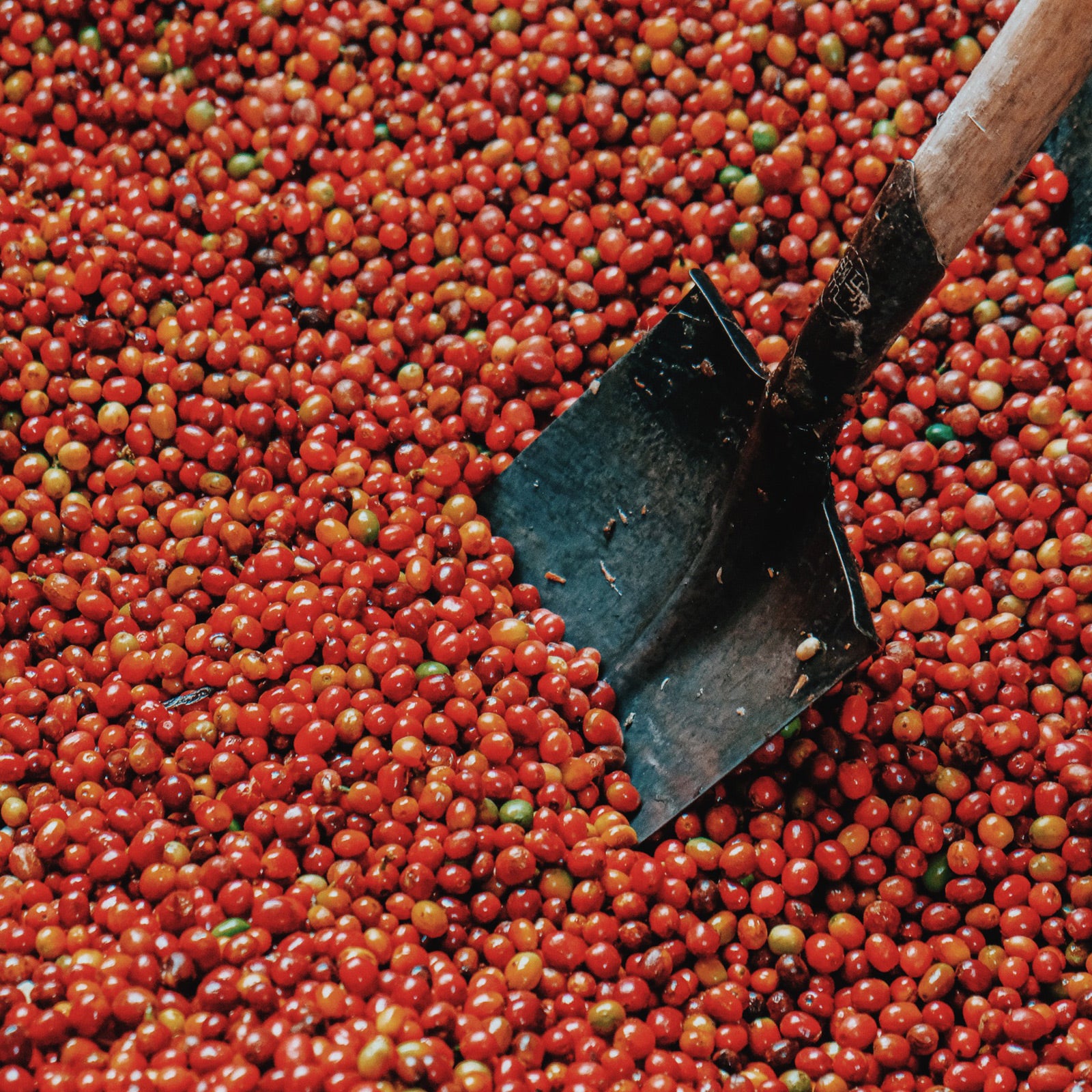
Coffee Arabica
Catuai
Catuai is a hybrid varietal developed in Brazil by crossing Mundo Novo and Caturra varieties. It's a robust variety with good resistance to disease, particularly rust, which has made it a popular choice in Brazilian coffee production. The plant grows at lower altitudes (around 600-1,000 metres) and is known for its high yield. Catuai beans have a slightly lower caffeine content than Arabica and offer a well-balanced cup with mild acidity and consistent flavours of chocolate and nut. The hybridisation of its parent varieties has led to increased resistance to environmental stressors, making it a highly adaptable plant.
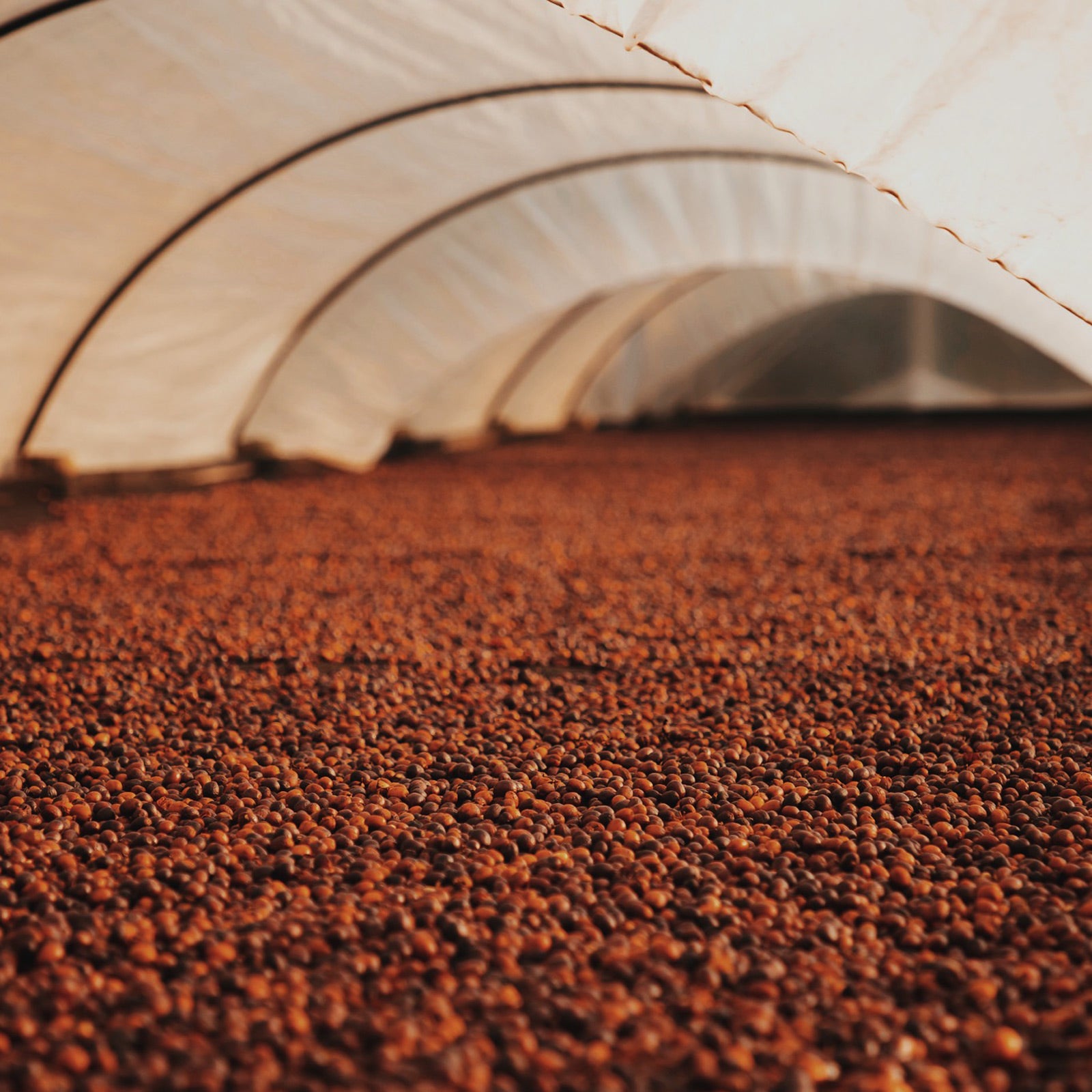
Coffee Arabica
Bourboun
Bourbon is a mutation of Arabica discovered on Réunion Island (formerly Bourbon Island) in the 1700s. It produces round, well-balanced beans with a higher concentration of lipids and sugars, which contribute to its smooth, sweet flavour. Bourbon trees grow at moderate altitudes (900-1,500 metres) and its high-quality beans have a more consistent size and shape compared to other Arabicas. Bourbon is particularly susceptible to pests and diseases, which makes it a less reliable producer but highly sought after by coffee connoisseurs. Bourbon is the foundation of many high-end varietals in South America, such as SL28 and Typica.



